It’s an unfortunate reality of owning a home—many families experience rodent problems at one point or another. No one wants to deal with uninvited guests scampering about in their walls or getting into their food and generally wreaking havoc on their home, but some homeowners may shudder at the thought of using old-fashioned mouse traps and other rudimentary methods to rid their homes of mice and rats.
Thankfully, there is another option: prevention.
how to prevent rodent infestations
The first step in preventing a rodent problem is to identify any conducive conditions that exist inside or outside your home.
step 1: identify conducive conditions
A conducive condition is anything that could cause something to happen—in our case, the conducive conditions attract a rodent to your home as a potential source of food and shelter. So what are common conducive conditions for rodent activity?
- Non-landscaped areas on or around your property
- Food sources
- Entry points
Being aware of the area you live in (and the conditions around your home that may attract rodents) is the first step you must take to preventing a rodent infestation. The next step is taking preventive measures.
step 2: take preventive measures
These tips will help you prevent rodents in your home—however, if you already suspect an infestation, it’s essential to seek professional pest control services.
Cut Off Food Sources
Rodents can and will feed on many different things common in and around a home, including:
- Fallen fruit, nuts, or berries from trees – Harvest fruit from any trees before it overripens and falls to the ground below. A single apple could feed a family of rodents for weeks.
- Seeds from bird feeders – Research methods and special feeders to prevent squirrels and rodents from climbing up and feeding on the birdseed.
- Garbage – If you keep your garbage cans out in the open, make sure that you have a lid that you can secure. Storing garbage cans next to your home can invite rodents and other pests to seek entry for shelter.
- Pet food – Rodents can easily chew through the bags animal food usually comes in. Keep all pet food stored in a sealed container, and do not leave pet food outside at night. As tempting as it might be to leave food out for the neighborhood cat, you’re likely feeding the neighborhood mouse and raccoon as well.
Care for Green Spaces
Non-landscaped areas on or around your property are one of the major conducive conditions for rodents. These “green spaces”, as they are commonly called, are often left untouched when a neighborhood is developed. It’s a great way to create an ecological balance—however, it also creates a space likely to harbor pests and rodents. The closer your home is to these areas, the more likely it is that rodents are attracted to and find your home.
Commonly found green spaces include parks, community gardens, and cemeteries. If you have non-landscaped areas on your property, do your best to keep grasses and trees trimmed back, especially if they are surrounding or adjacent to any structures or outbuildings.
Seal Entry Points
Inspect your home for holes and gaps where rodents could get in. A young mouse can squeeze through a hole or gap the size of your pinky finger—a full-grown mouse and possibly a rat can do the same with a hole or gap the size of your thumb. Check and repair these areas in your home:
- Damaged crawl space vents and window screens. Do not leave any doors or windows without screens open.
- Gaps between your garage door and driveway. Do not leave your garage door open (even partially), as this could invite rodents.
- Oversized holes where cable and utility lines enter the home.
- Trim back any tree branches that make contact with your roof or are within 12 inches from touching the home.
- Check the weather stripping around exterior doors to ensure a proper seal.
what to do if you suspect a rodent issue
After following all of the steps above, you might notice that you already have rodents who have found their way inside. While they might have found an entry point via the garage, crawlspace, and possibly attic, what they will eventually want access to is food and water. It won’t be long before they infiltrate your kitchen and other living spaces. Traps can be effective in some instances; however, where to place them, what bait to use, when to place traps, etc., can end up being overwhelming for the non-pest professional.
If you suspect an existing rodent issue, a professional will be able to inspect, diagnose, and effectively treat the problem. A professional might use traps, bait stations, exclusion, and other techniques along with reducing conducive conditions to effectively treat a rodent issue. They will likely recommend a regular maintenance plan as the current rodent issue proves your home is at risk for future issues, and it will likely take multiple appointments before the current issue is under control.
The pest control professionals at Natura Pest Control provide the most up-to-date people, pet, and environmentally-friendly methods to keep your home protected from current and future pest problems. Don’t wait—contact us online or by phone at (360) 506-6071 today!



